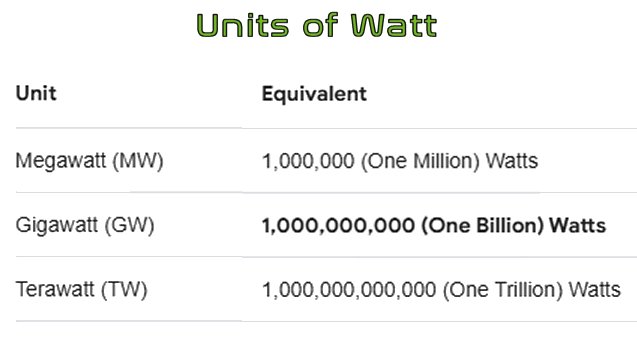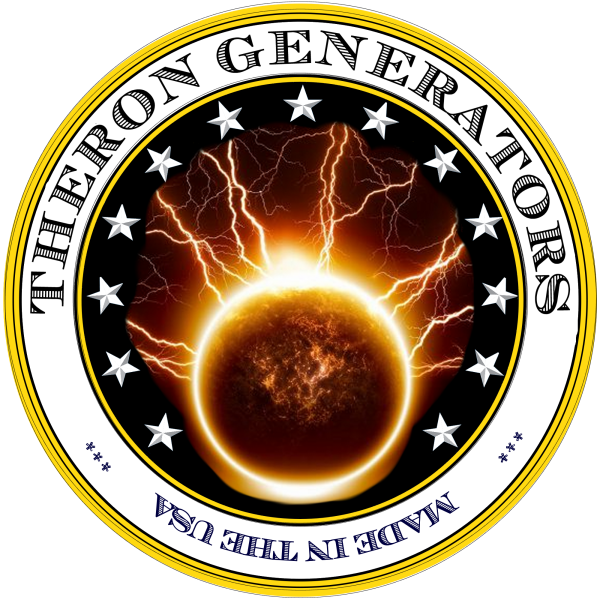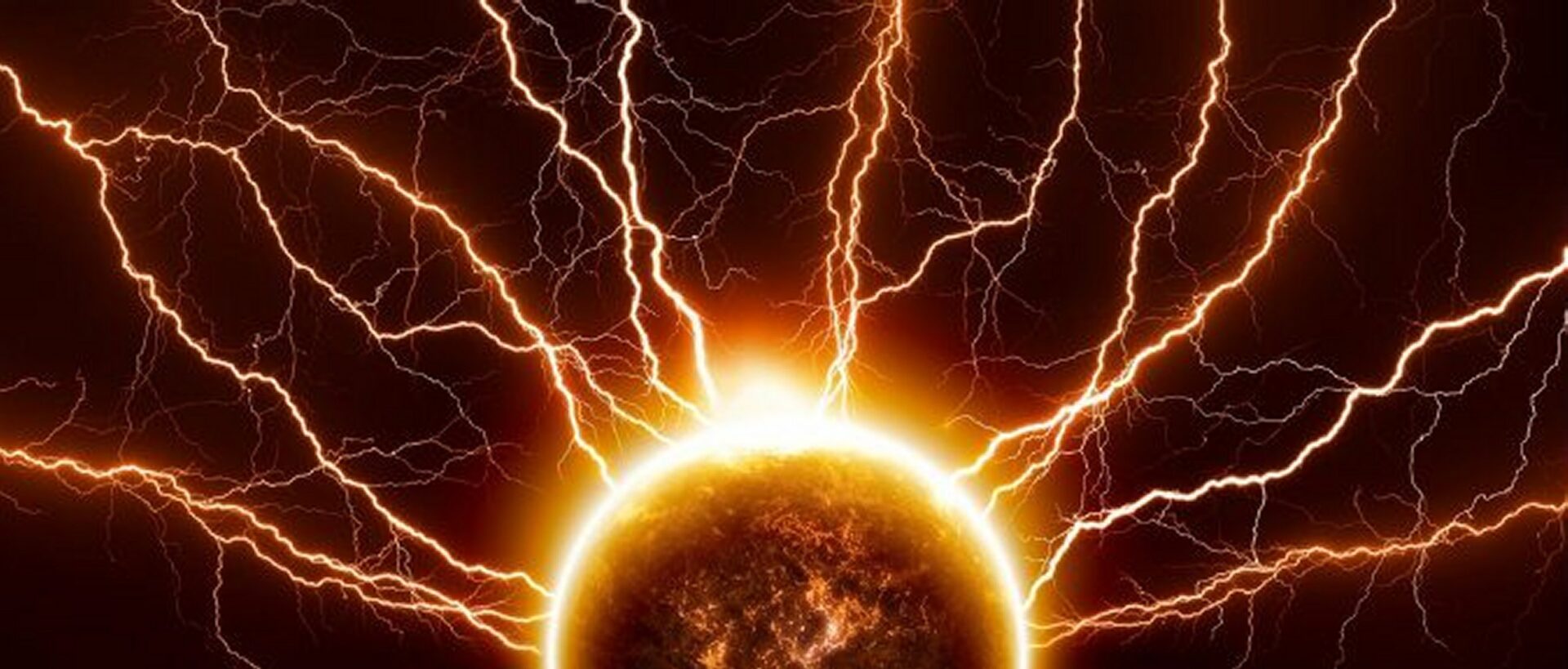
The electric increments of watts include kilowatts (kW), megawatts (MW), gigawatts (GW), and terrawatts (TW)(uW).
Watt Units and increments:
- Microwatt (uW): 0.001 mW = 0.000001 W
- Milliwatt (mW): 0.001 watts, typically used for small electronic devices
- Kilowatt (kW): 1,000 watts, often used for appliances and power generation
- Megawatt (MW): 1,000,000 watts, commonly used for large-scale power plants
- Gigawatt (GW): 1,000,000,000 watts, relevant for large energy projects or national grids
- Terrawatt (TW): 1,000,000,000,000 watts, relevant to national power plants
What is a watt?
A watt is a unit of measurement for electrical power. It’s named after Scottish engineer and energy pioneer James Watt. An electrical device’s power rating is given in watts or kilowatts. For example, a microwave oven might use 1,500 watts, while a slow cooker may use only 200 watts.
Calculating power:
Power is equivalent to voltage times current. The equation for this is P = V x I (power = Volt x Current)
When an object’s velocity is held constant at one meter per second against a constant opposing force of one Newton, the rate at which work is done is one watt.
In terms of electromagnetism, one watt is the rate at which electrical work is performed when a current of one ampere (A) flows across an electrical potential difference of one volt (V), meaning the watt is equivalent to the volt-ampere (the latter unit, however, is used for a different quantity from the real power of an electrical circuit).1 W=1 V⋅A.
Two additional unit conversions for watt can be found using the above equation and Ohm’s law.

THERON ENERGY – Cornelius Theron



